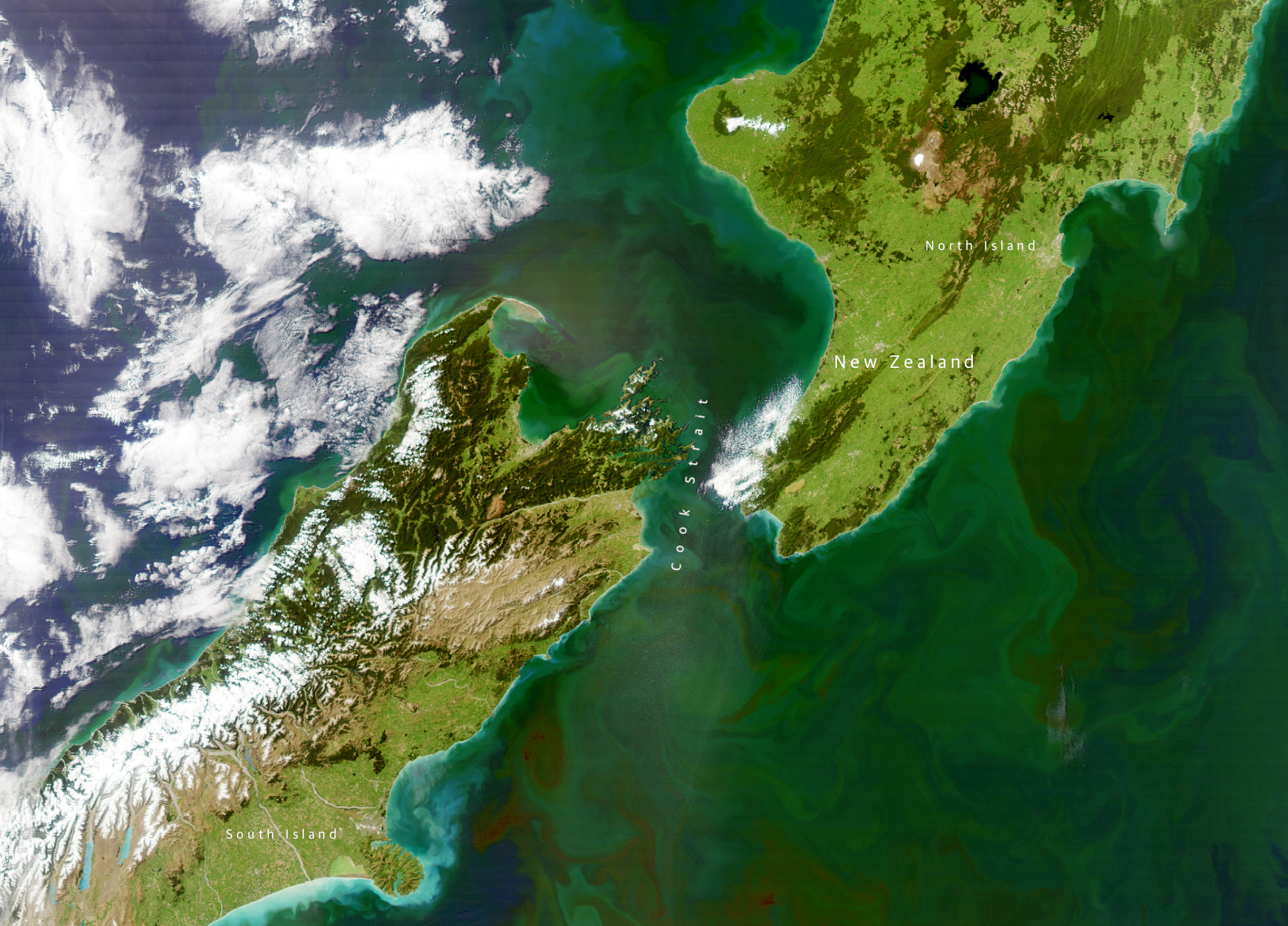It’s no secret that climate change is impacting ecosystems of the big blue sea in a myriad of ways, and now the big blue sea may not be as blue as it once was due to climate change.
The ocean’s surface is turning slightly green as a result of climate change, according to a recently published study in the journal Nature that involved an Oregon State University researcher.
In fact, over 56% of the ocean’s surface, which is an area larger than the total land area on Earth, has experienced this color shift within the last 20 years.
Researchers stress that this color change is very slight.
“It’s not as if you’re going to go outside to the Oregon coast or anywhere and it’s going to be neon green,” Kelsey Bisson, assistant professor at OSU and co-author of the study, said.
Using satellite images taken by the Moderate Resolution Imaging Spectroradiometer aboard the Aqua satellite, researchers analyzed seven different wavelengths of light to understand how the color of the ocean’s surface has changed over the past 20 years, according to an OSU press release.
The color of the ocean’s surface is determined by what is within it and by the quality of light that illuminates it.
Among the biggest contributors to the color of the ocean are phytoplankton, tiny photosynthetic organisms that make up the basis of the food web.
“They are a dominant particle type (in the ocean),” said Nicholas Baetge, postdoctoral scholar in the department of microbiology at OSU and who was not involved in the study. “They have pigmentation in their cells, particularly chlorophyll, that absorb light and thus, change the color of the water.”
Chlorophyll, notably, is green. Water with lower amounts of phytoplankton results in water appearing clear blue. Water with higher amounts of phytoplankton, which typically occurs near coastlines, results in greener waters.
“What we found is things are starting to trend closer to the color green. That indicates, beyond color shifts that we wouldn’t be able to see with our eyes but the satellite sensor can, a lot about the ecosystem,” Bisson said.
The study also found that tropical waters are becoming greener than non-tropical waters. The reason for this though, is a statistical one rather than a scientific one.
“Those areas tend to (have) lower natural variation so the seasonal variations aren’t as low – some of the natural fluctuations that happen from cycles and big decadal patterns (recurring pattern of ocean-atmosphere climate variability) are not as really prominent there (over the climate change trend),” Bisson said. With less natural fluctuations, it is easier to be able to detect a trend, such as ocean surface color change, than it would be in areas with higher natural fluctuations like in the Arctic.
The researchers believe the color change is likely a result of climate change impacting the ecosystems of the surface of the ocean.
“When you adjust an ecosystem, especially at the level of a primary photosynthetic producer, because they’re photosynthetic… it’s going to look different,” Bisson said. “It’s going to change the way this light is emanating out of the ocean.”
Currently, there are a lot of unknowns about what this color change exactly means ecologically.
“It could be a net positive, a net negative, or it could be a net neutral,” said Bisson.
It will have some sort of impact, though.
“What we do know is that the primary producers, phytoplankton in the ocean, influence everything that comes above them, which includes whales, people, etc,” Bisson said.

















































































































